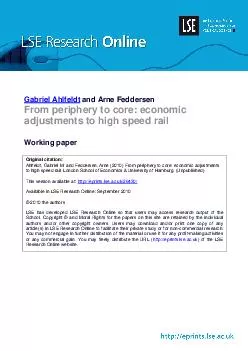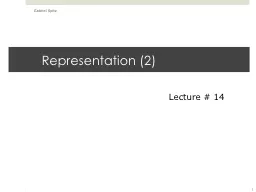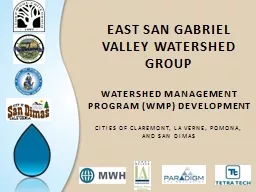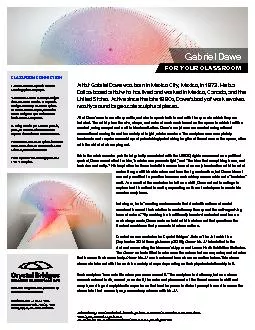PDF-Gabriel Ahlfeldt
Author : celsa-spraggs | Published Date : 2016-07-08
and Arne Feddersen From periphery to core economic adjustments to high speed rail Working paper Original citation Ahlfeldt Gabriel M and Feddersen Arne 2010 From
Presentation Embed Code
Download Presentation
Download Presentation The PPT/PDF document "Gabriel Ahlfeldt" is the property of its rightful owner. Permission is granted to download and print the materials on this website for personal, non-commercial use only, and to display it on your personal computer provided you do not modify the materials and that you retain all copyright notices contained in the materials. By downloading content from our website, you accept the terms of this agreement.
Gabriel Ahlfeldt: Transcript
Download Rules Of Document
"Gabriel Ahlfeldt"The content belongs to its owner. You may download and print it for personal use, without modification, and keep all copyright notices. By downloading, you agree to these terms.
Related Documents














